Garden photos. At last.
Melissa Northern Italy zone 8
8 years ago
Featured Answer
Sort by:Oldest
Comments (38)
ozmelodye
8 years agonikthegreek
8 years agolast modified: 8 years agoRelated Discussions
Sharing Photos of my first garden, last season! :)
Comments (16)Thank you granite, for posting my pictures for me. I wasn't sure how to do that. THANKS! :) Thank you all again, for the super nice comments on the garden and my children. mid_tn_mama, as a mommy, it always so wonderful to watch your family work together, play together, and learn together! I love your "friendly competitions" idea, I will have to remember that. Thank you. And yeah, we are expanding a little more. We are going to grow blackberries along the chainlink fence, grapes over the arbor, a bed full of strawberries, a box of potatoes, and trellis some "icebox size" watermelons and cantaloupe, 2 dwarf blueberris in a long pot, raspberry bushes in the landscape along the wooden fence, and more tomatoes in pots. Also, we plan on planting a few fruit trees in our backyard, were just undecided on which kind. Bonnie, yes we did put the beds together and set the boxs in first, then laid fine gravel and pavers around them, to help support the boxes. So, the boxes go down quite a few inches. Jim, my kids and some neighborhood children are so excited and looking forward to gardening this year. I was so tickled last year at what fun the kids had with the garden. We have lots of kids in the neighborhood, and the children loved coming over and help water, watch the things grow, find bugs and catch the bad ones, learn about pollination, and eat! There were so many kids who had never been introduced to many of the veggi's we grew, so it was satisfying to let these children discover and enjoy fresh vegetables. Plus, we had the little ones over to cook/bake, we made mini loafs of zucchuni bread (which they shared with their parents), and chocolate cupcakes with zucchuni! They really enjoyed that! :) And Shot... My husband would love his own baseball team! But, I think eight is enough for us. *wink* hee hee hee... THANK YOU ALL AGAIN!!! Gardening is Great! And its all about sharing!!! Sharing the fruits of our labor with family, friends, and neighbors. Sharing our photos, stories, and knowledge, here with our fellow gardeners at gradenweb. Thank you all! I've learned and been inspired by all of you! :) HAPPY SPRING! HAPPY GARDENING! Keep Smiling, Amy :) Here is a link that might be useful: My Family Webpage...See MorePhotos of my garden, Photo heavy
Comments (17)Lisa, I've always appreciated the concept and practice of square foot gardening. It has always been a little to formal and precise for me though. I prefer the concept of edible landscape or in my case, edible jungle. You simply have to be aware of how large each will grow and how compatible different plants are with each other. If you noticed, the beans and onions have their own bed. I did plant the bell peppers in spaces that otherwise may not have been utilized in the same bed. Many say beans and onions aren't compatible, because onions are nitrogen hogs while beans produce nitrogen. They are right. I had to give the beans extra nitrogen because the onions were basically stealing the beans nitrogen or at least causing insufficient nitrogen to be available for the beans. Ted...See MoreHuntington Garden Photos from Last Weekend
Comments (7)Lovely photos Aimee. I did a double take when I saw delphiniums. I didn't know that they would grow in California. I had to look up Huntingdon Gardens on Google maps. I see that they are in the north of the state. It must be cool enough for them there. Daisy...See MoreLast Garden Photo of The Year?
Comments (11)thinman - is that a species lamb's ear or a hybrid/cultivar? It's lovely, whatever it is. A few years ago I switched from species S. byzantium to the more recent cultivar S. 'Helen Von Stein' and have been completely happy with its nearly year-round performance. Since it doesn't flower, it doesn't self-seed. After observing them the past few growing seasons, I note that all of the half dozen plants I've set in my garden beds, both in full & part sun, have retained their form & habit nearly 12 months of the year. Another happy observation is that they're apparently not bothered (so far) by pests of any sort....See MoreSheila z8a Rogue Valley OR
8 years agoMelissa Northern Italy zone 8
8 years agotitian1 10b Sydney
8 years agohumble5zone9atx
8 years agomonarda_gw
8 years agoLisa Adams
8 years agodublinbay z6 (KS)
8 years agoingrid_vc so. CA zone 9
8 years agoSara-Ann Z6B OK
8 years agoAnne Zone 7a Northern CA
8 years agojacqueline9CA
8 years agothonotorose
8 years agoSylviaWW 9a Hot dry SoCal
8 years agoUser
8 years agoMelissa Northern Italy zone 8
8 years agolast modified: 8 years agonikthegreek
8 years agolast modified: 8 years agomariannese
8 years agogardenpictures
8 years agoUser
8 years agoPrettypetals_GA_7-8
8 years agoMelissa Northern Italy zone 8
8 years agonikthegreek
8 years agodaisyincrete Z10? 905feet/275 metres
8 years agolast modified: 8 years agonikthegreek
8 years agolast modified: 8 years agofloridarosez9 Morgan
8 years agoUser
8 years agolast modified: 8 years agomustbnuts zone 9 sunset 9
8 years agoMelissa Northern Italy zone 8
8 years agolast modified: 8 years agonikthegreek
8 years agolast modified: 8 years agoRosefolly
8 years agoUser
8 years agoonewheeler
8 years agoMelissa Northern Italy zone 8
8 years agonikthegreek
8 years agoMelissa Northern Italy zone 8
8 years ago
Related Stories
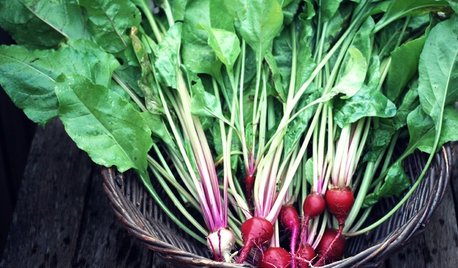
EDIBLE GARDENS8 Last-Minute Additions to a Summer Edible Garden
It’s not too late to get these vegetables and herbs planted for a bountiful harvest this year
Full Story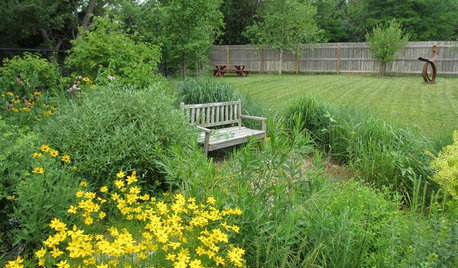
GARDENING GUIDESHow to Design a Garden That Lasts
Climates are changing. Wildlife is evolving. Can your garden keep up?
Full Story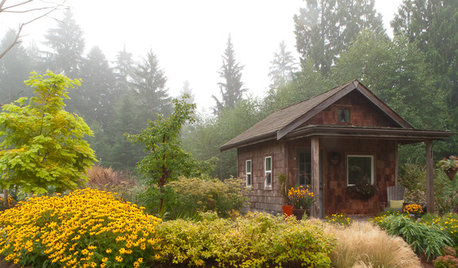
PLANTING IDEASGreat Garden Combo: A Fall Landscape Scene That Lasts
Span the seasons with trees, shrubs and grasses that offer color and texture in abundance
Full Story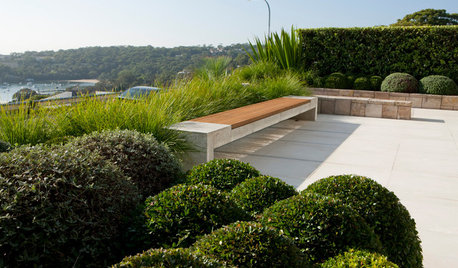
LANDSCAPE DESIGNHow to Design a Coast-Loving Garden That Lasts
Good looks and longevity go hand in hand with these plants, materials and colors to make your coastal landscape easy-breezy
Full Story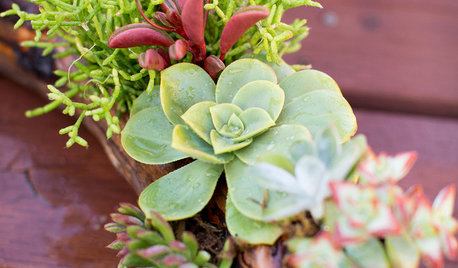
DIY PROJECTSMake a Beautiful and Long-Lasting Driftwood Centerpiece
Add succulents to found wood for an easy arrangement that looks straight from a designer florist's shelf
Full Story
HOLIDAYSMake a Showstopping Fall Centerpiece That Lasts
With flowers that will dry beautifully, succulents and wood circles, this organic arrangement will wow guests all season long
Full Story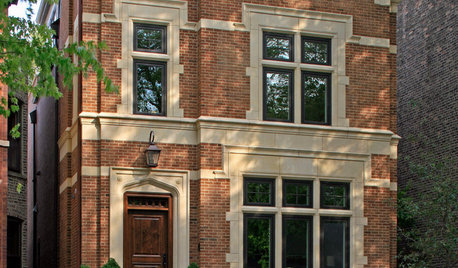
MATERIALSRaw Materials Revealed: Brick, Block and Stone Help Homes Last
Learn about durable masonry essentials for houses and landscapes, and why some weighty-looking pieces are lighter than they look
Full Story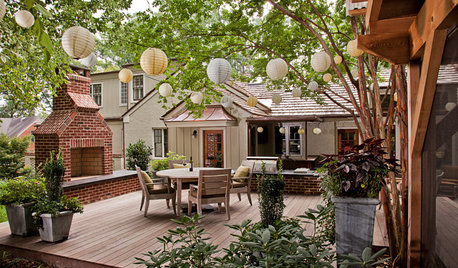
MOST POPULARSimple Pleasures: Savor Summer’s Last Hurrah
Choose from 3 easy celebrations to close summer out in a soul-satisfying way
Full Story
HOUSEPLANTSMeet a Long-Lasting Houseplant With a Forgiving Heart
Low light and little watering won't scar Zee Zee plant for life; this East Africa native has a tolerant nature and an exotic beauty
Full Story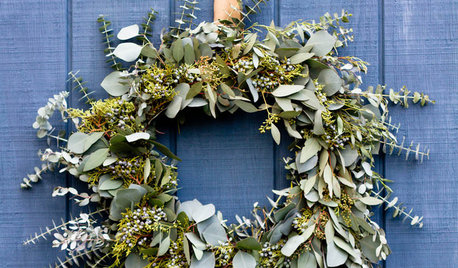
CHRISTMASMake a Long-Lasting Eucalyptus Holiday Wreath
Greens full of fragrance will keep your front door in the Christmas spirit for weeks
Full Story


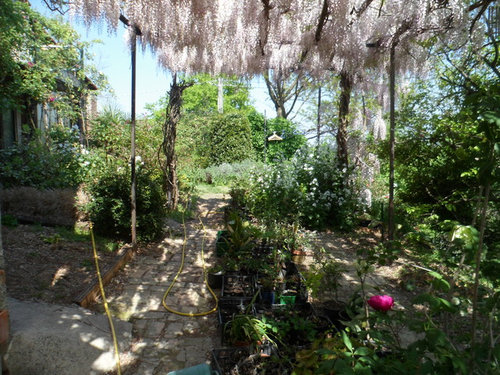

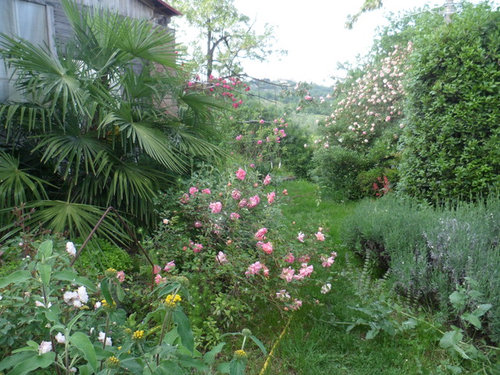

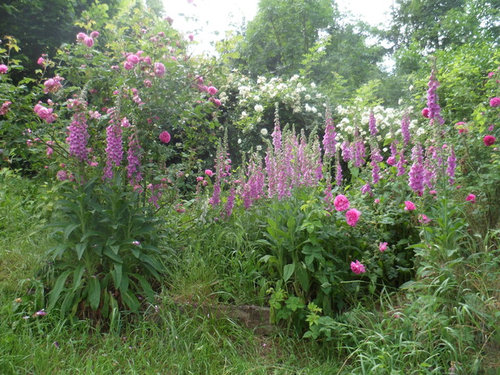
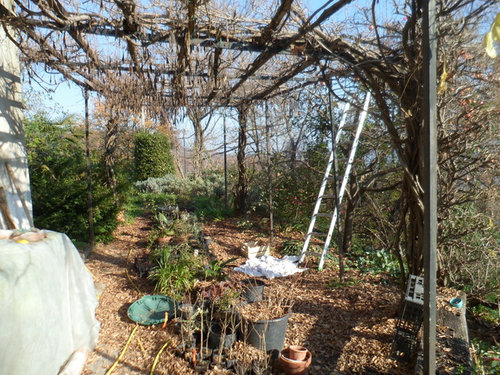

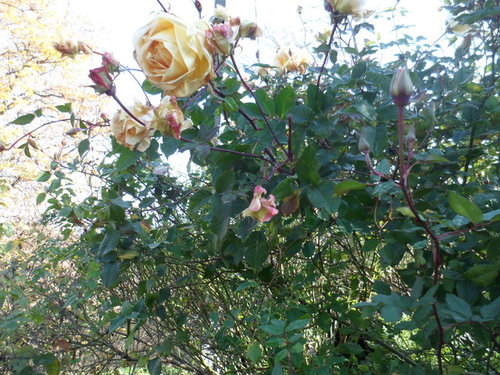
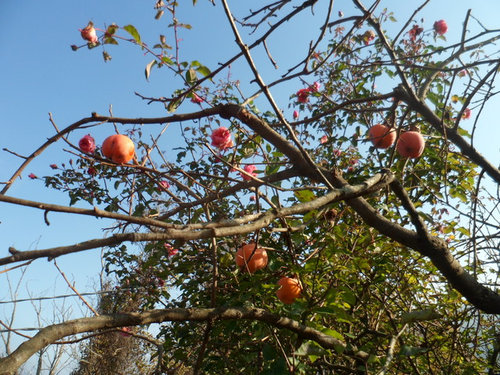

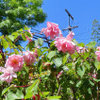


Melissa Northern Italy zone 8Original Author